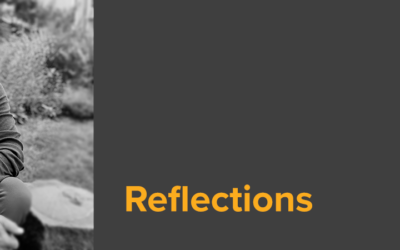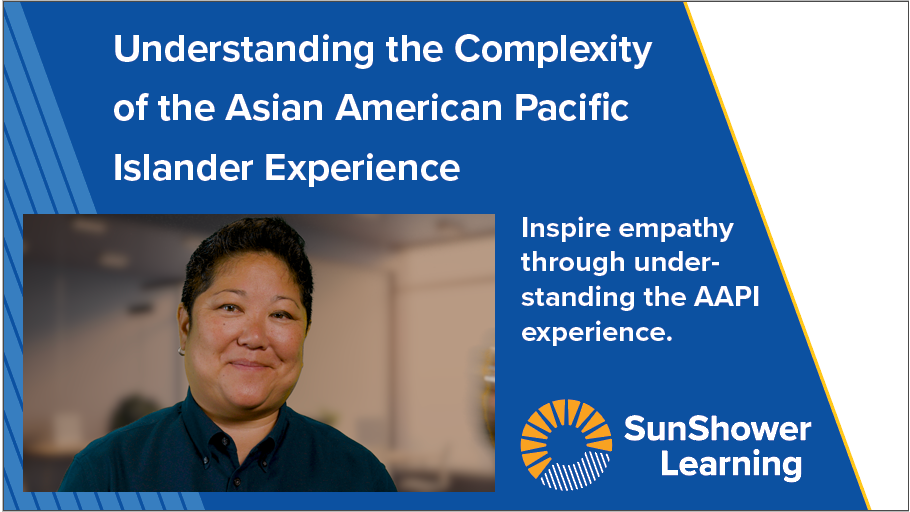
The Business Case for DEI: Why Organizations Fall Short
It seems like there are new articles everyday announcing an organizations’ commitment to diversity, equity and inclusion. You can see the statements on their websites. “We stand for….” or “Our commitment is to…”Many believe that creating a more diverse and inclusive workplace is the right thing to do. That’s the social justice motivation and it’s valid. It’s important to also say that most companies are also motivated by the research — “Studies have shown that diverse companies earn 2.3 times higher cash flow than companies with more monolithic workforces. Research has also shown that diverse companies are 70% more likely to capture new markets than organizations that target little to no efforts into actively recruiting and retaining talent from under-represented groups.”
This is from an important article posted at JDSupra.com by TNG Consulting. After stating this important business case for DEI, the author asks the all-important question, “why is it so hard to achieve DEI goals?”
The article suggests that most organizations fall into one of these three categories:
- they really don’t care about making DEI a serious focus for their business
- They lack the internal knowledge and/or resources to begin or
- their internal culture does not embrace DEI in any form. The latter is arguably the most problematic and often the reason why the business case for DEI initiatives falls short in most organizations.
Unfortunately, there is no simple answer and even these categories don’t do full justice to a situation that is complex. There are so many factors that make DEI work difficult. In our work to help organizations through our Workshops Via Zoom and our e-learning courses, we hold at the forefront the challenge that this work will confront many of the organizations’ beliefs about itself. Are the leaders willing to look at the gap between their commitment and their execution of DEI goals?
Ultimately, this comes down to leaders having difficult conversations and listening. Do their employees feel valued and heard and do they have a sense of belonging? We teach ways for people to look at their own personal implicit biases and then to consider where the organizational structures have bias built-in. For example, in our Inclusive Hiring Practices, we look at where bias creeps into the process and offer concrete actions to counteract it. This is hard work. It requires an organization do a lot more than issue a statement. More than holding a once-a-year meeting. We salute all who embark on what is often called, the DEI Learning Journey.
The article lists five excellent ways to work towards achieving their goals:
- Seek outside expertise to assist with organizational culture fixes.
- Emphasize the importance of inclusion in action, not just words.
- Establish realistic expectations. DEI work is a marathon race, not a sprint.
- Obtain buy-in from senior leadership.
More From Our Blog…
My Mid-September Reflections
A moment of reflectionAs I sat down to write this email, I found myself scrolling through the mailing list and recognizing so many names—people I’ve had conversations with that still stand out. Whether it was about Ouch!, purchasing a license or discussing trends in...
The Great Detachment: Why Employee Engagement is at Risk—Especially for Gen Z
As described in a recent article entitled, “The Great Detachment is looming for employees, experts warn—especially for Gen Z” by Lindsay Dodgson, employee disengagement is becoming an increasingly critical issue for companies worldwide. With a staggering cost of over...
Understanding Employee Responses to DEI Initiatives: Insights and Strategies
A recent study sheds light on a previously underexplored aspect of DEI training. While much focus has been placed on the facilitators, trainers and the content of DEI programs, this study examines how employees actually respond to the training. Published in Harvard...
SHRM’s Removal of “Equity” From DEI Framework: A Step Backwards Amid Growing Backlash
In a stunning step in the wrong direction, the Society for Human Resources Management (SHRM), the world’s largest HR association, has removed “Equity” from its “IE&D” framework. What message does this send, especially amid strong pushback against Diversity, Equity...
Navigating the Shifting Landscape of Diversity, Equity and Inclusion Programs
In the midst of the evolving landscape of corporate diversity initiatives, there's a seismic shift underway. The once-prominent acronym "DEI" - representing diversity, equity and inclusion - is notably absent from many company discussions. As explained in the article...
A Groundbreaking New Course: Understanding the Complexity of the Asian American Pacific Islander Experience
With over two decades of experience in the educational sector, Hideko Akashi, founder and lead consultant at Liberation Consulting, has been a steadfast advocate for diversity, privilege, social justice, inclusion and equity. Now, she's opening a new chapter with the...






